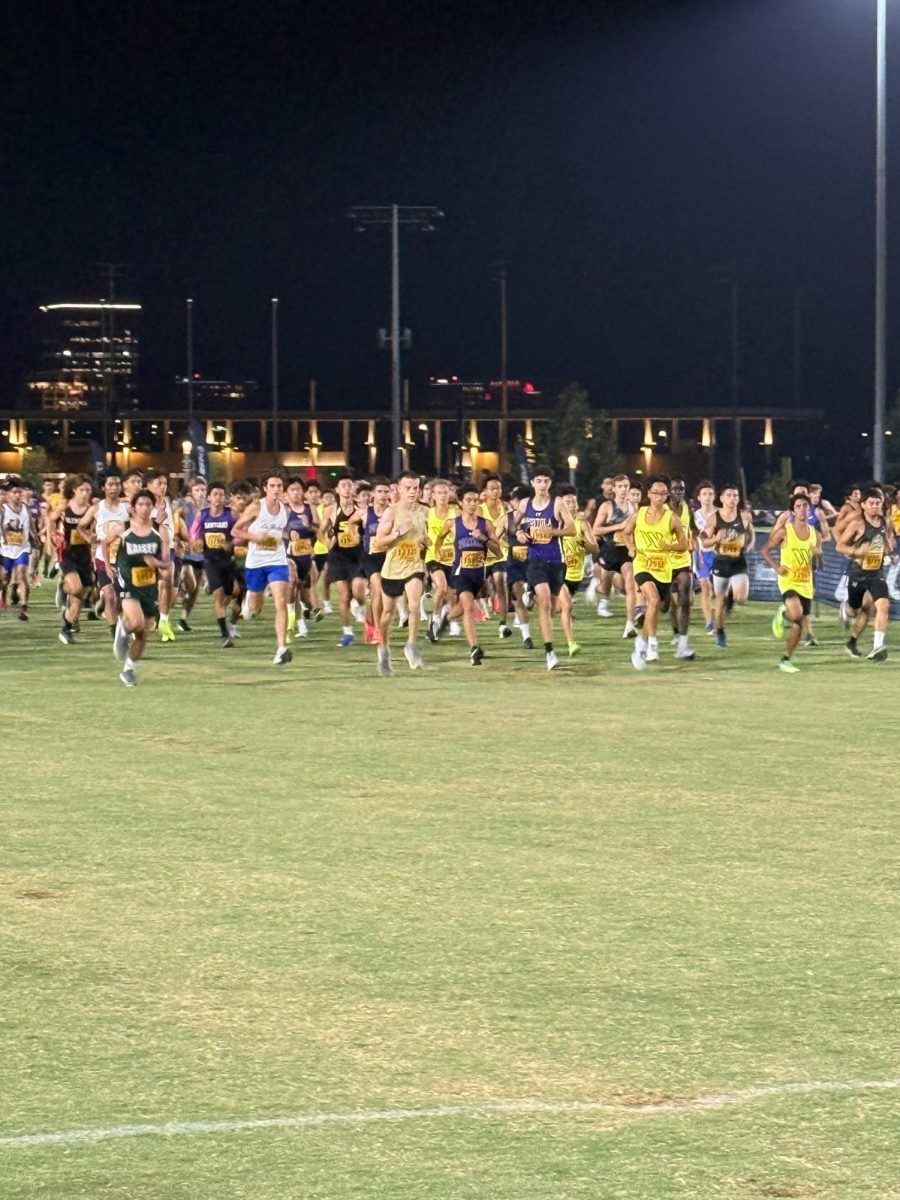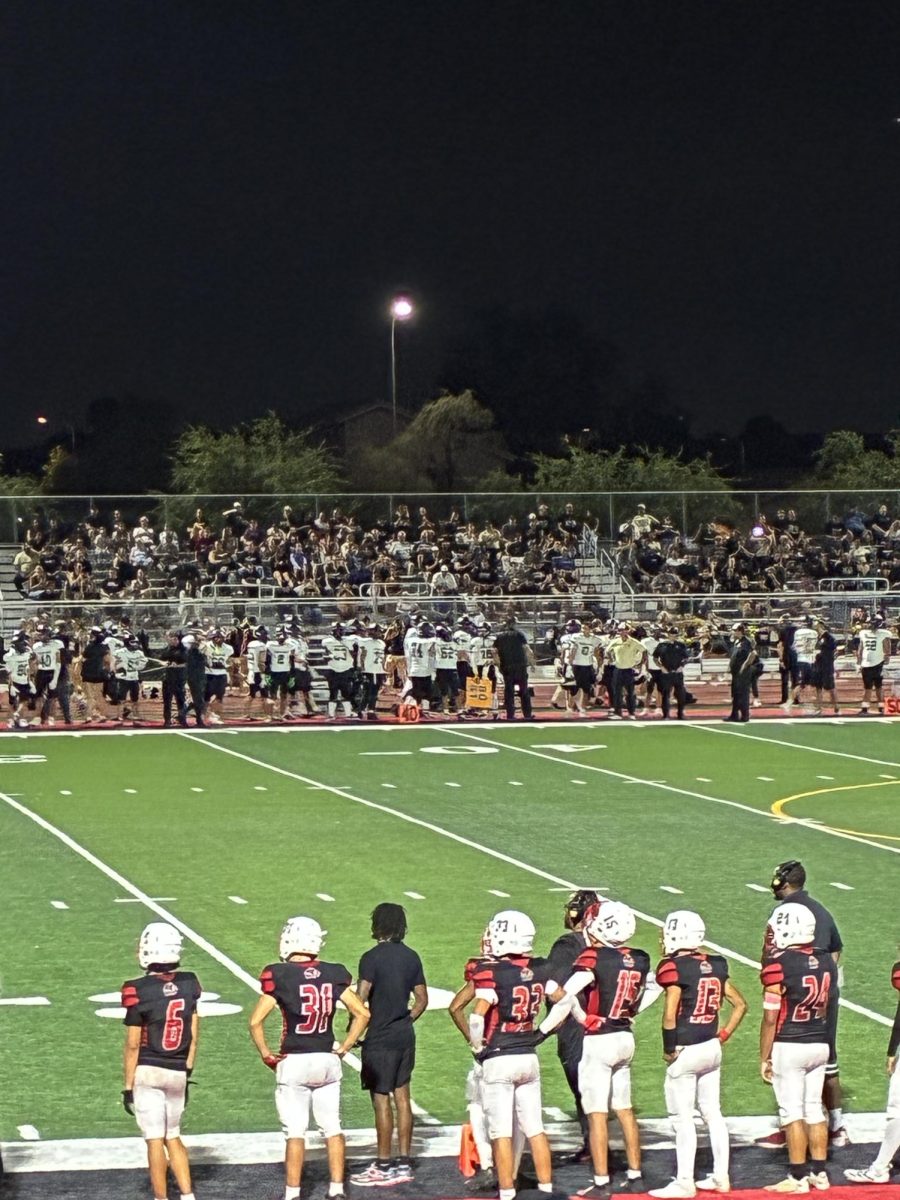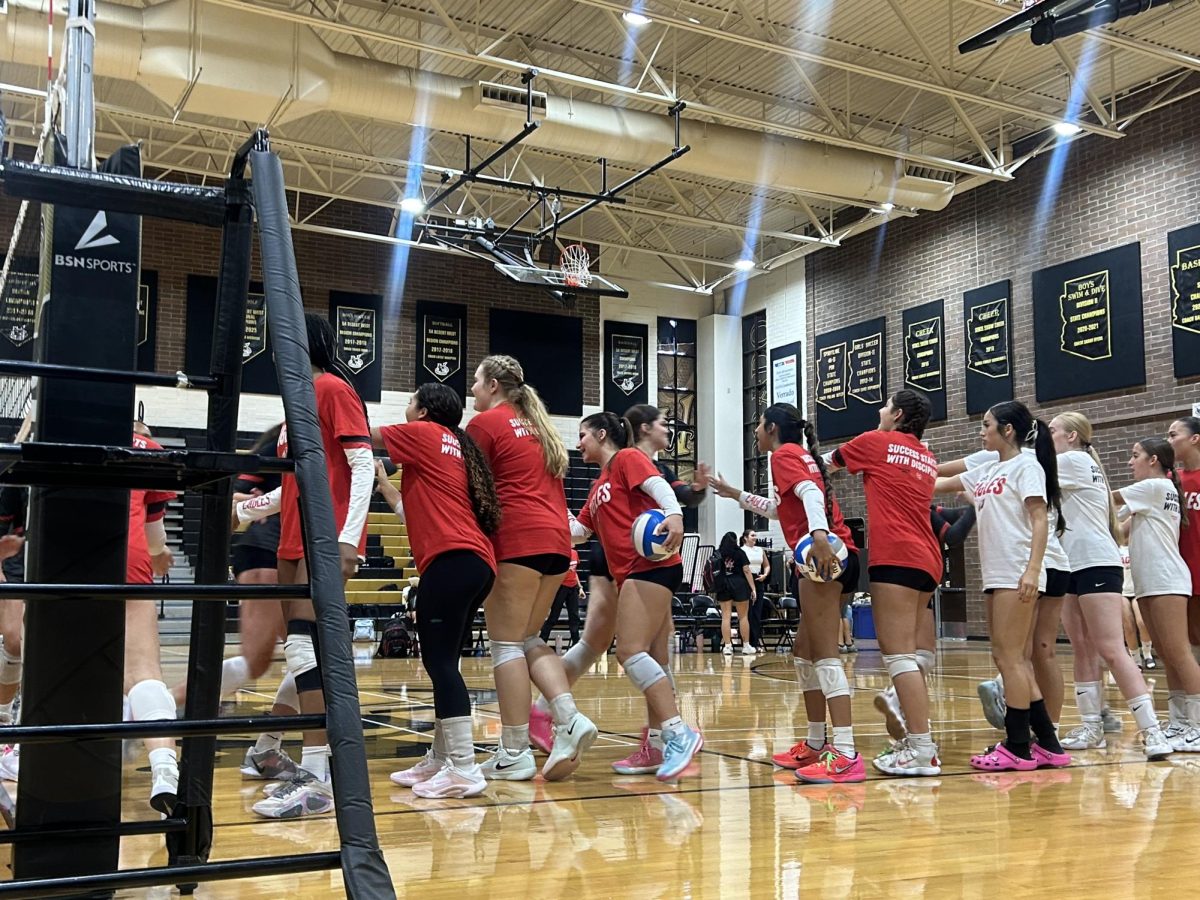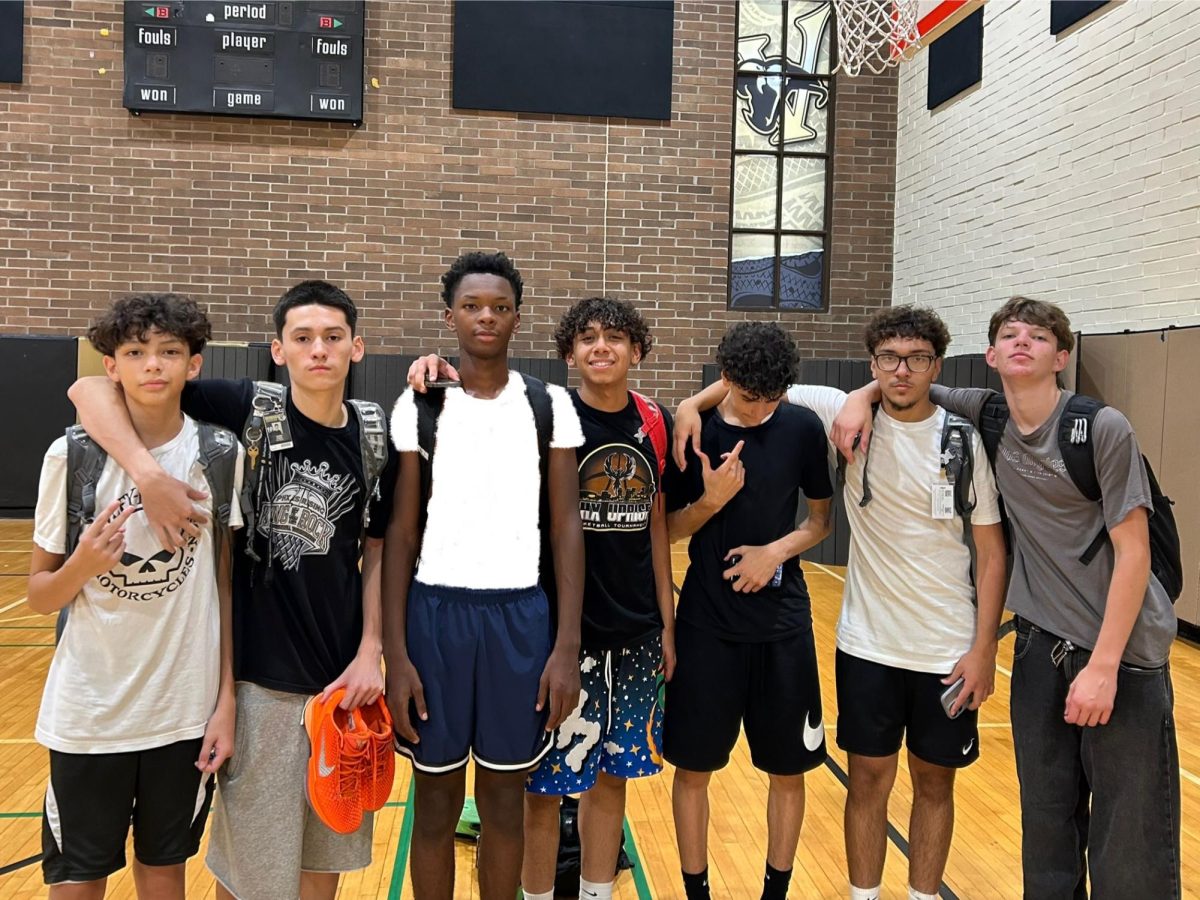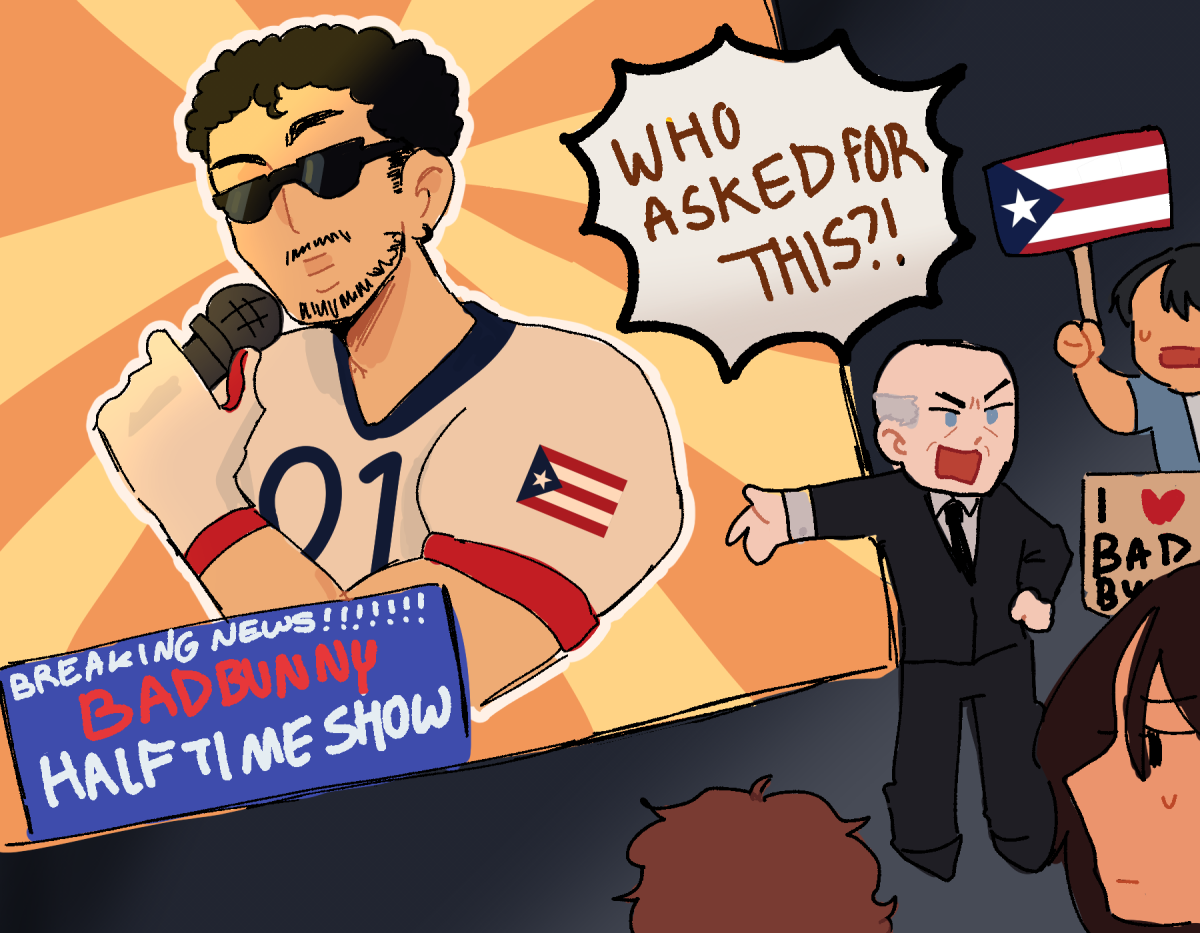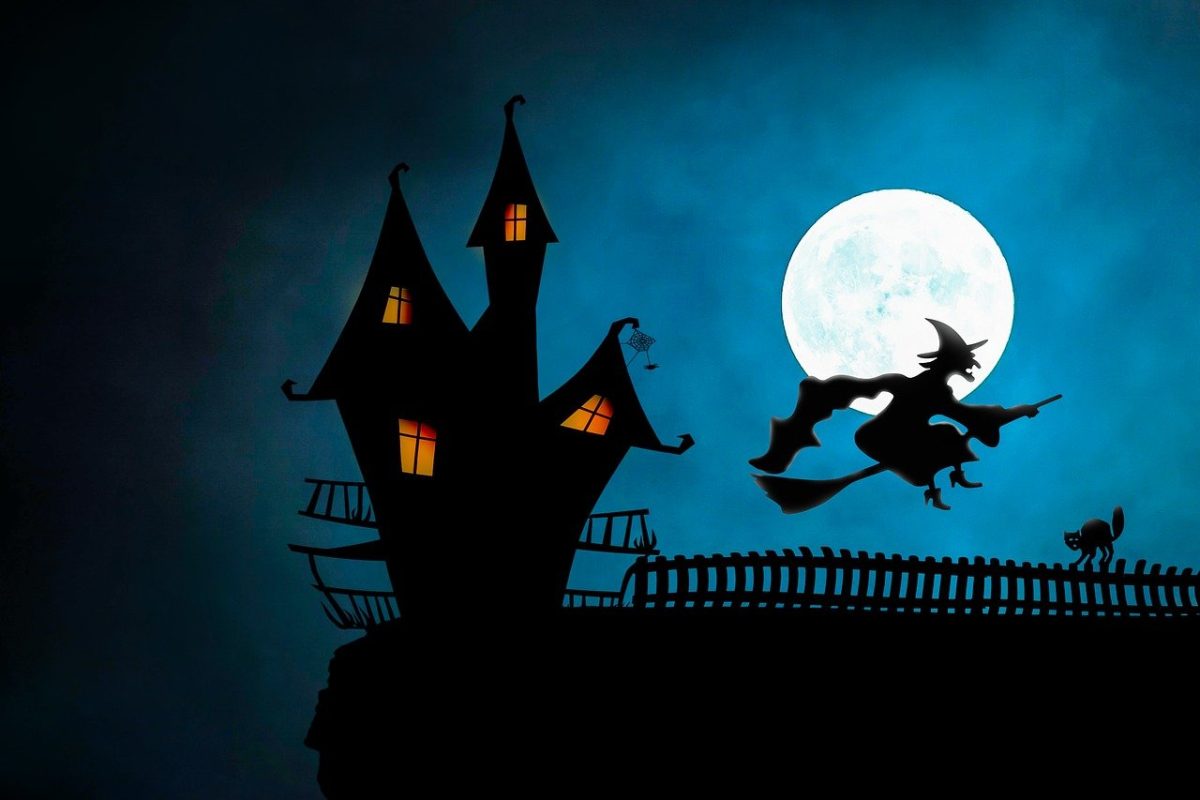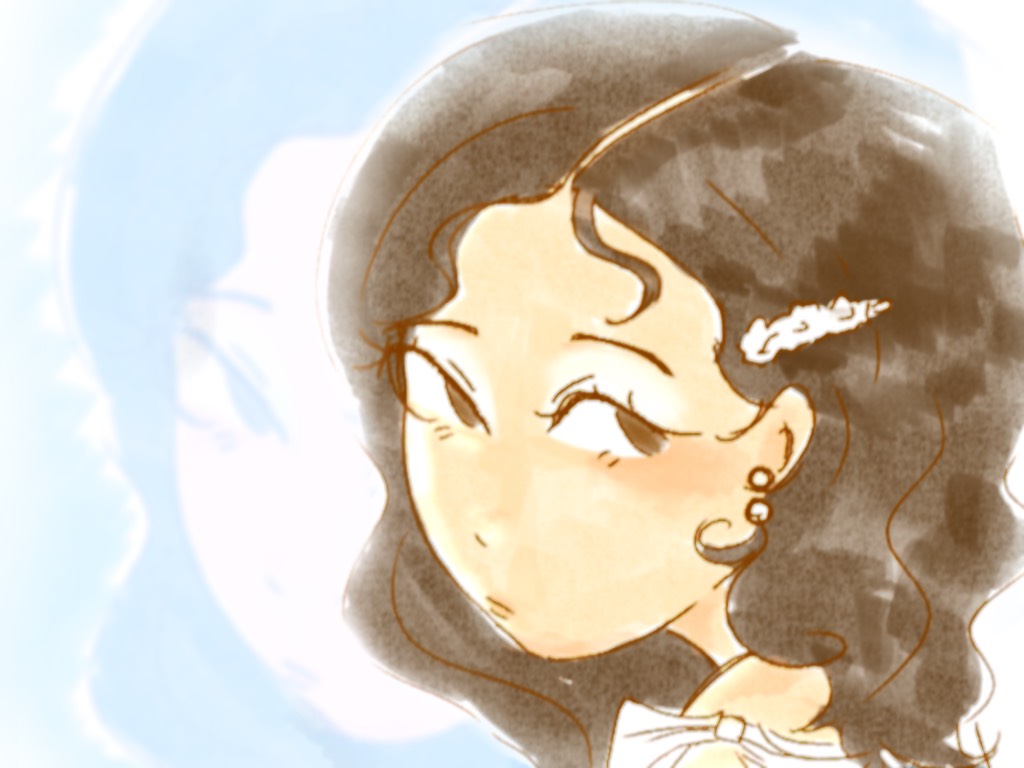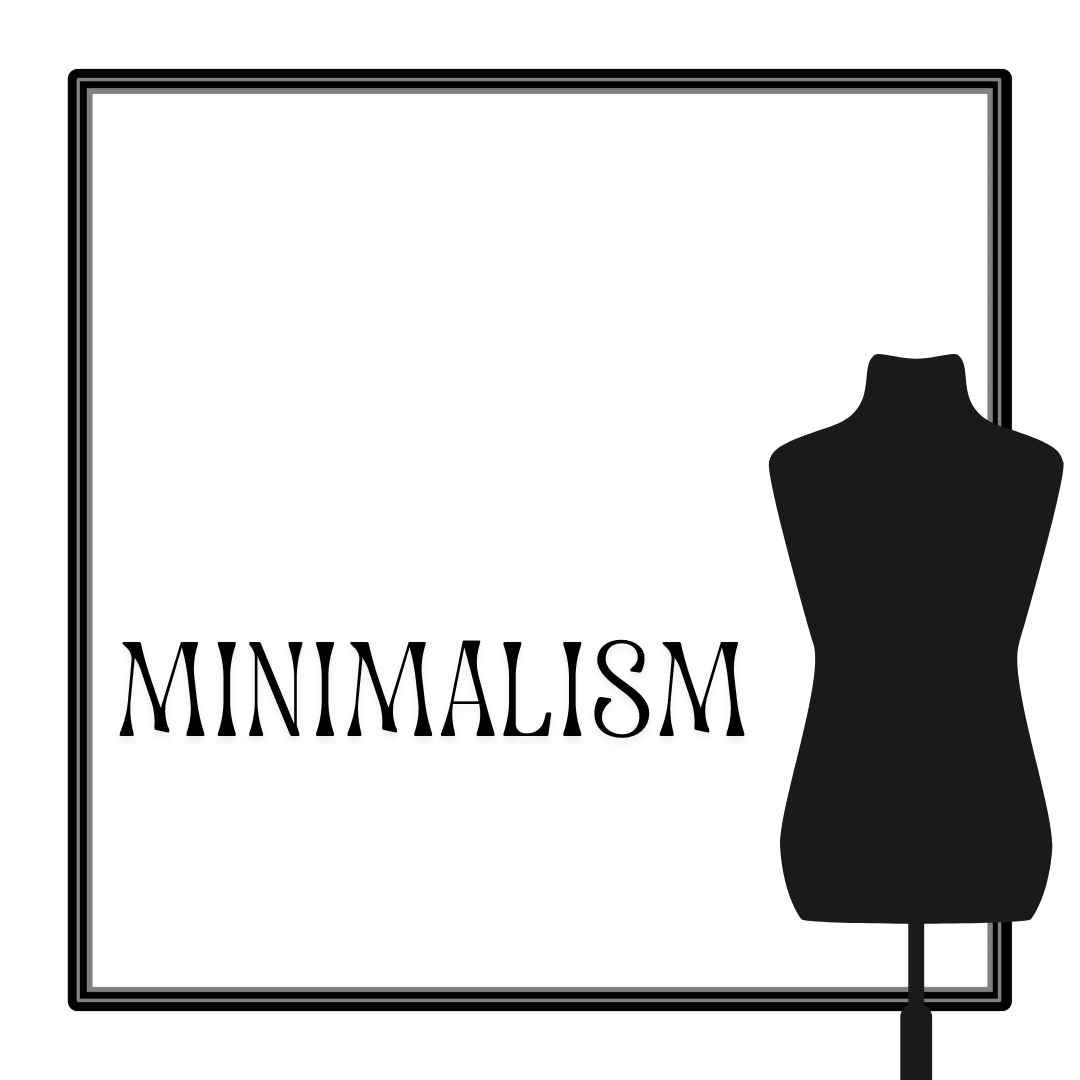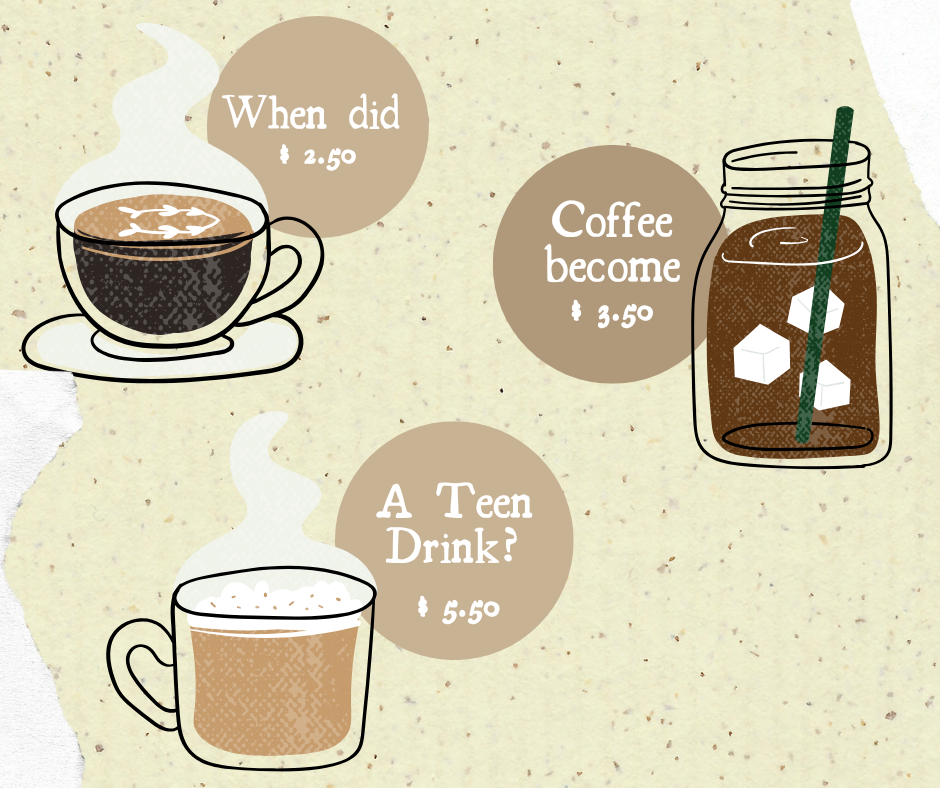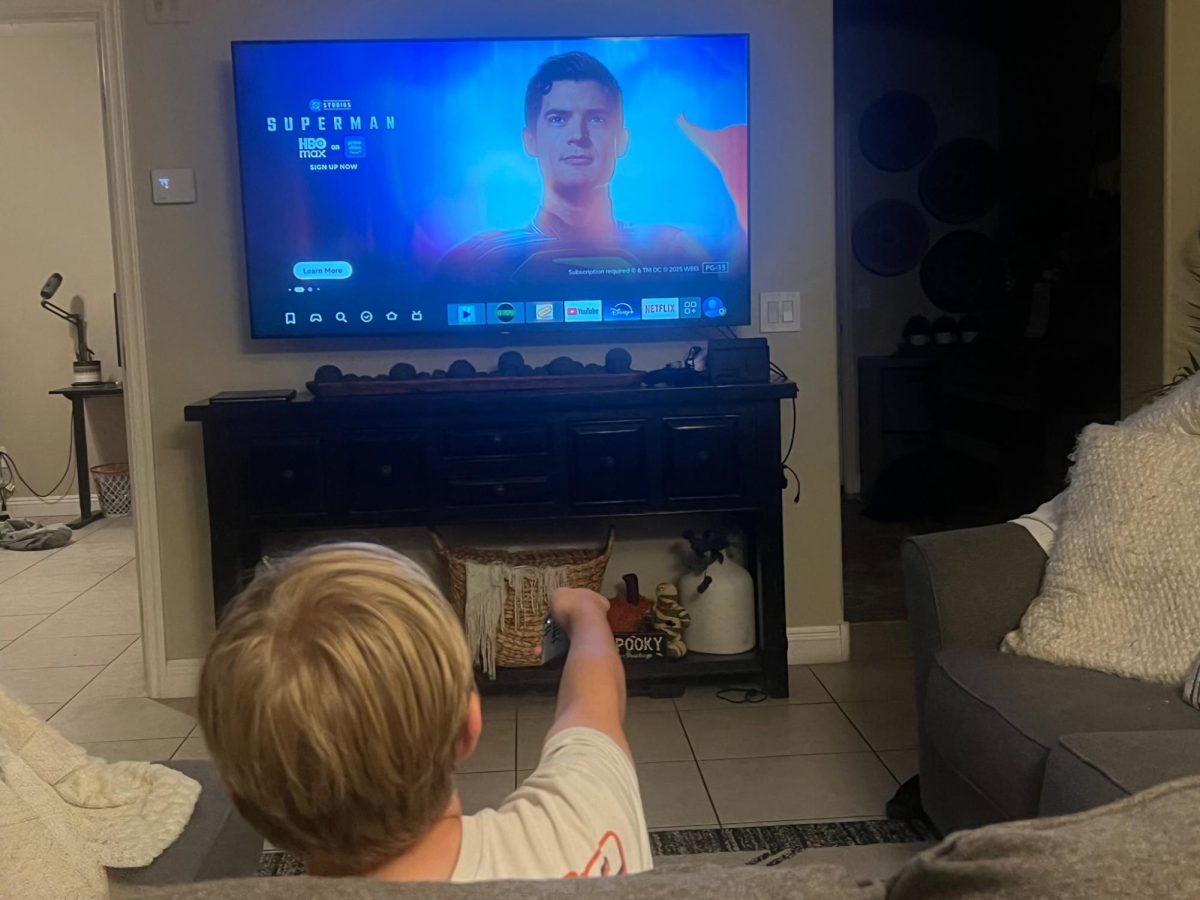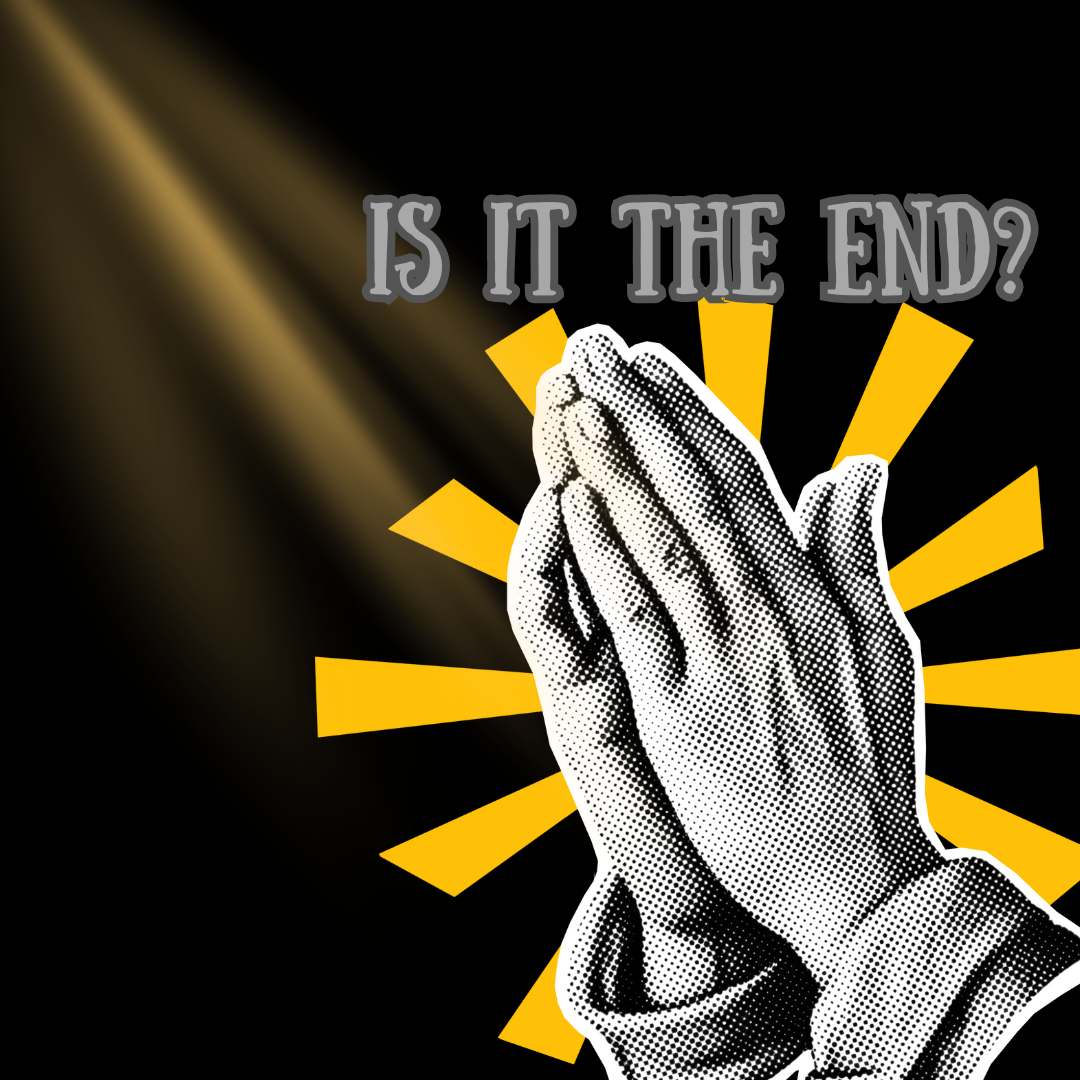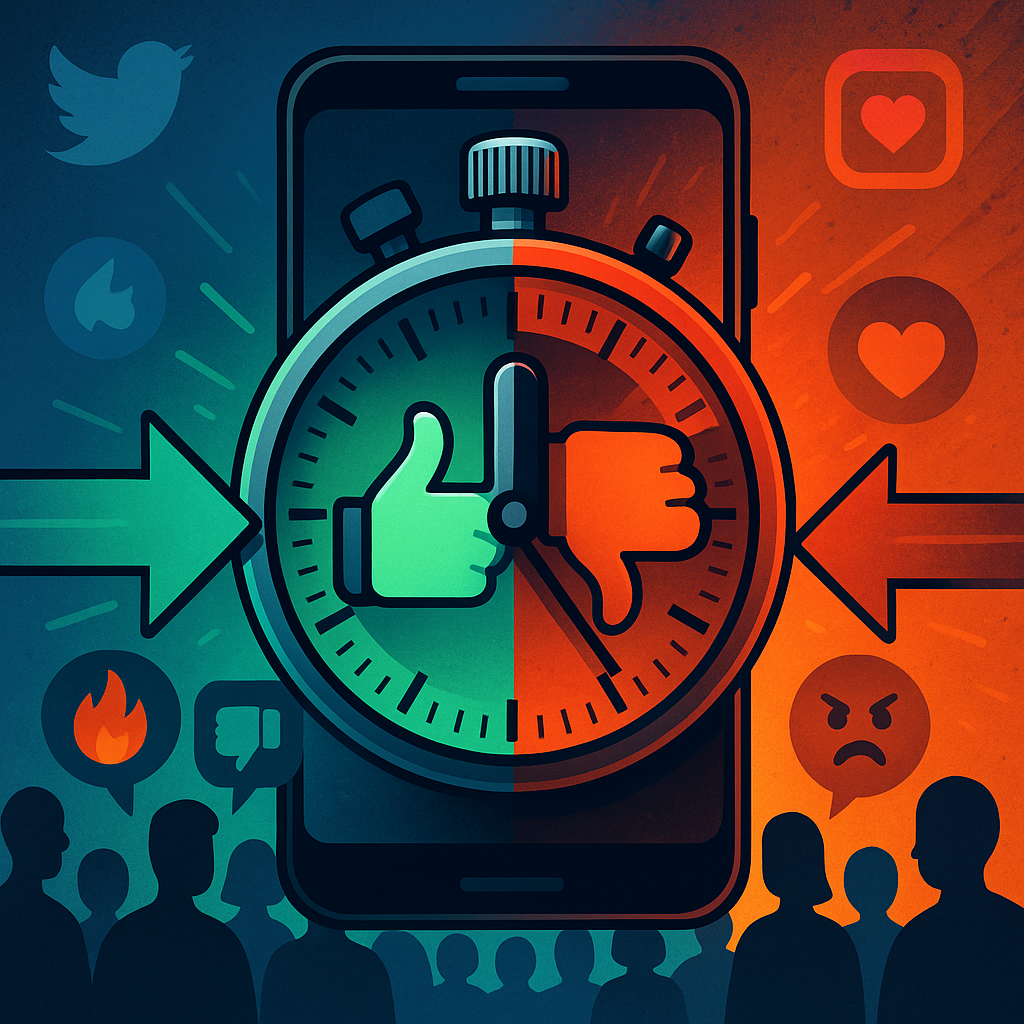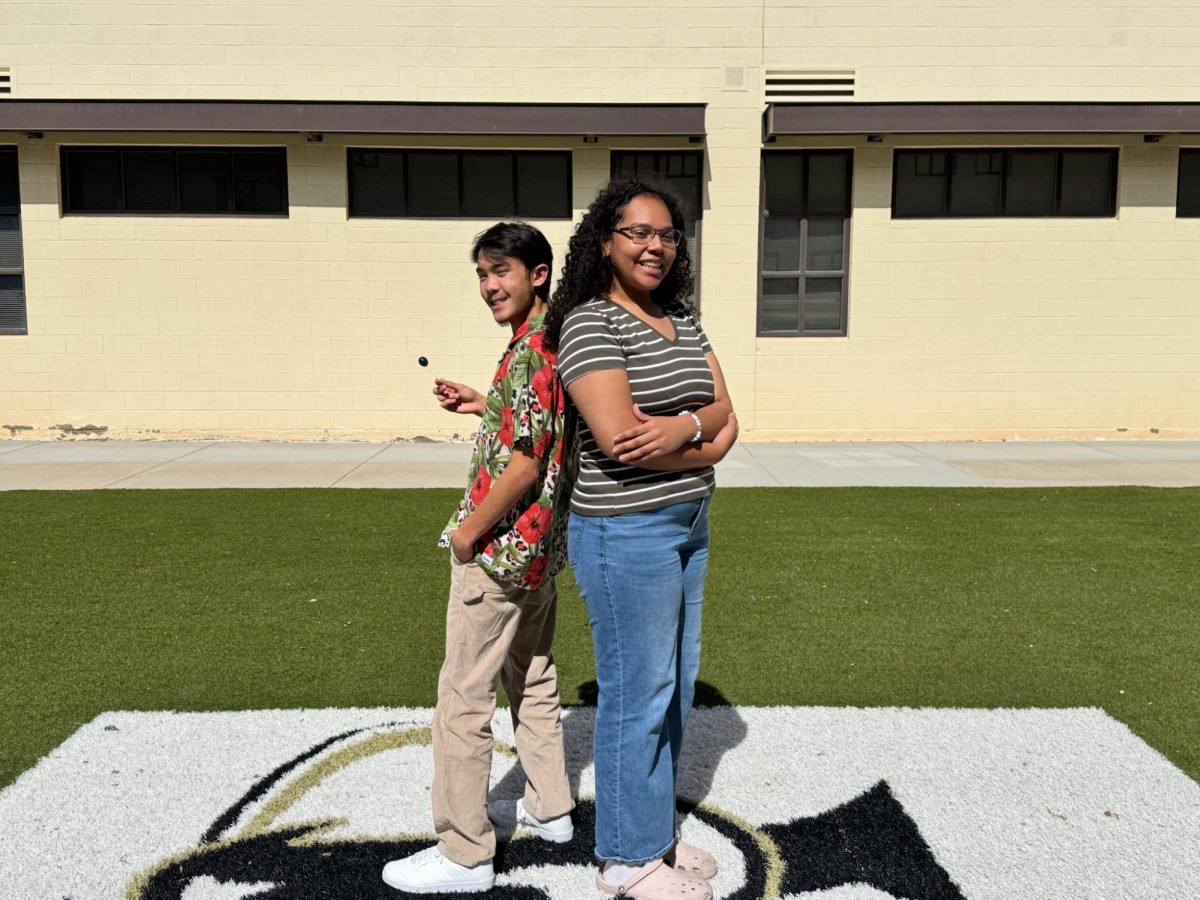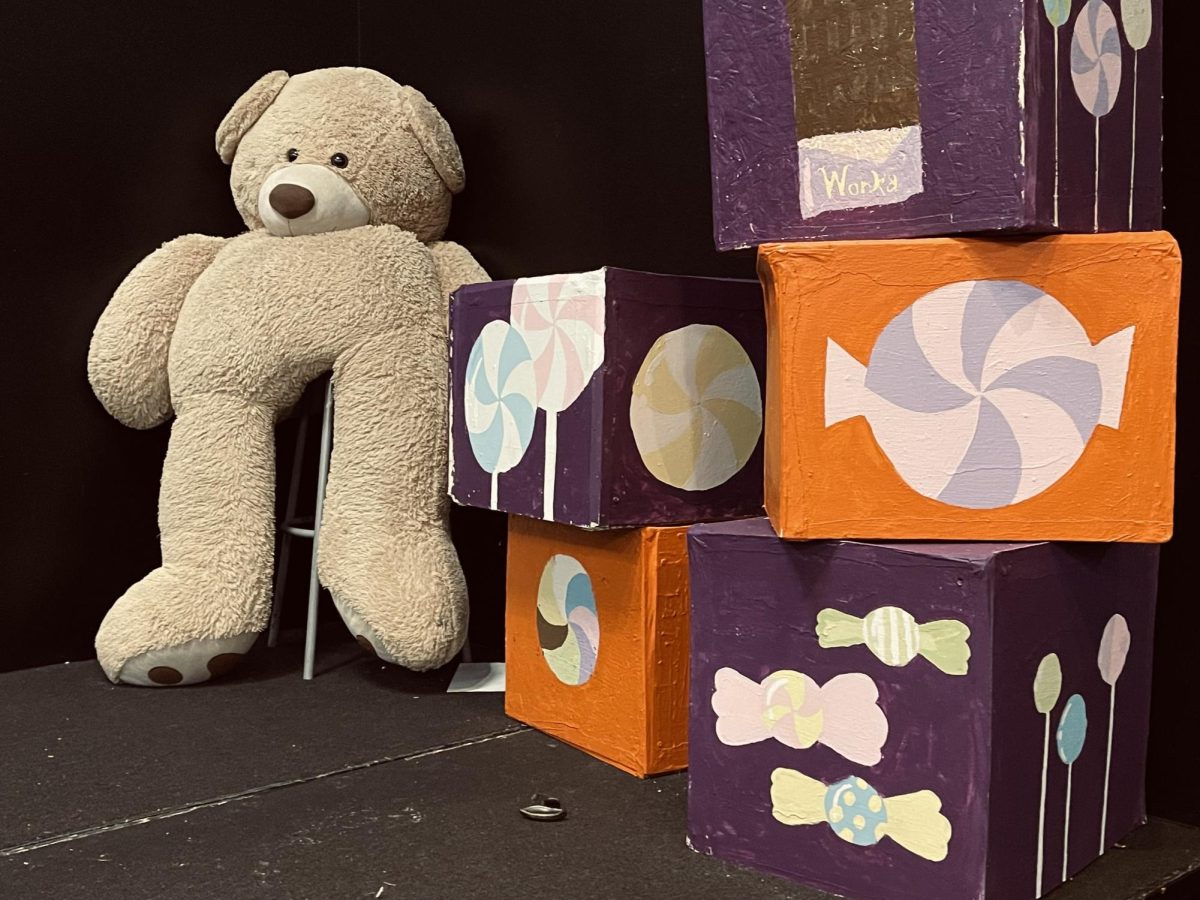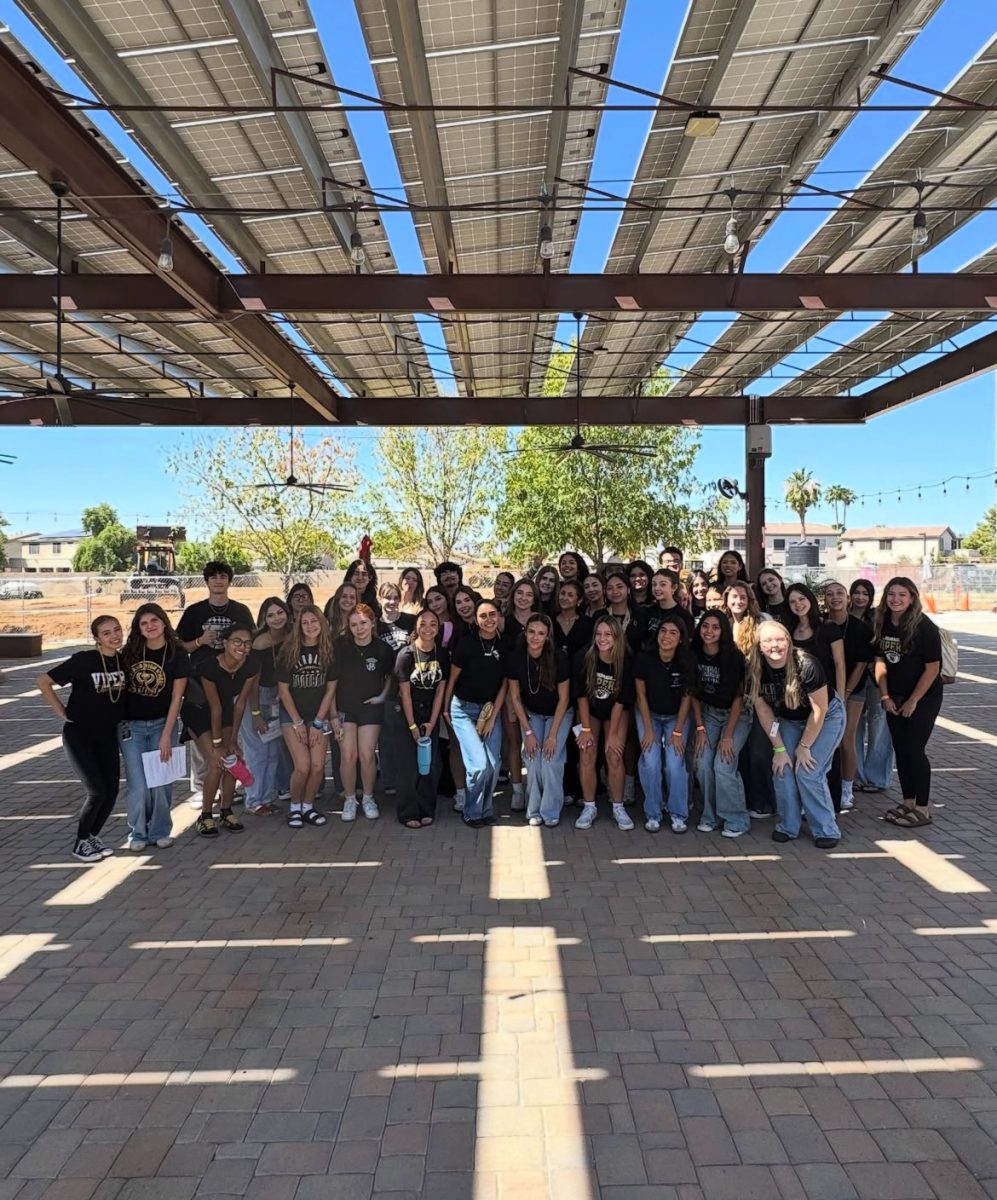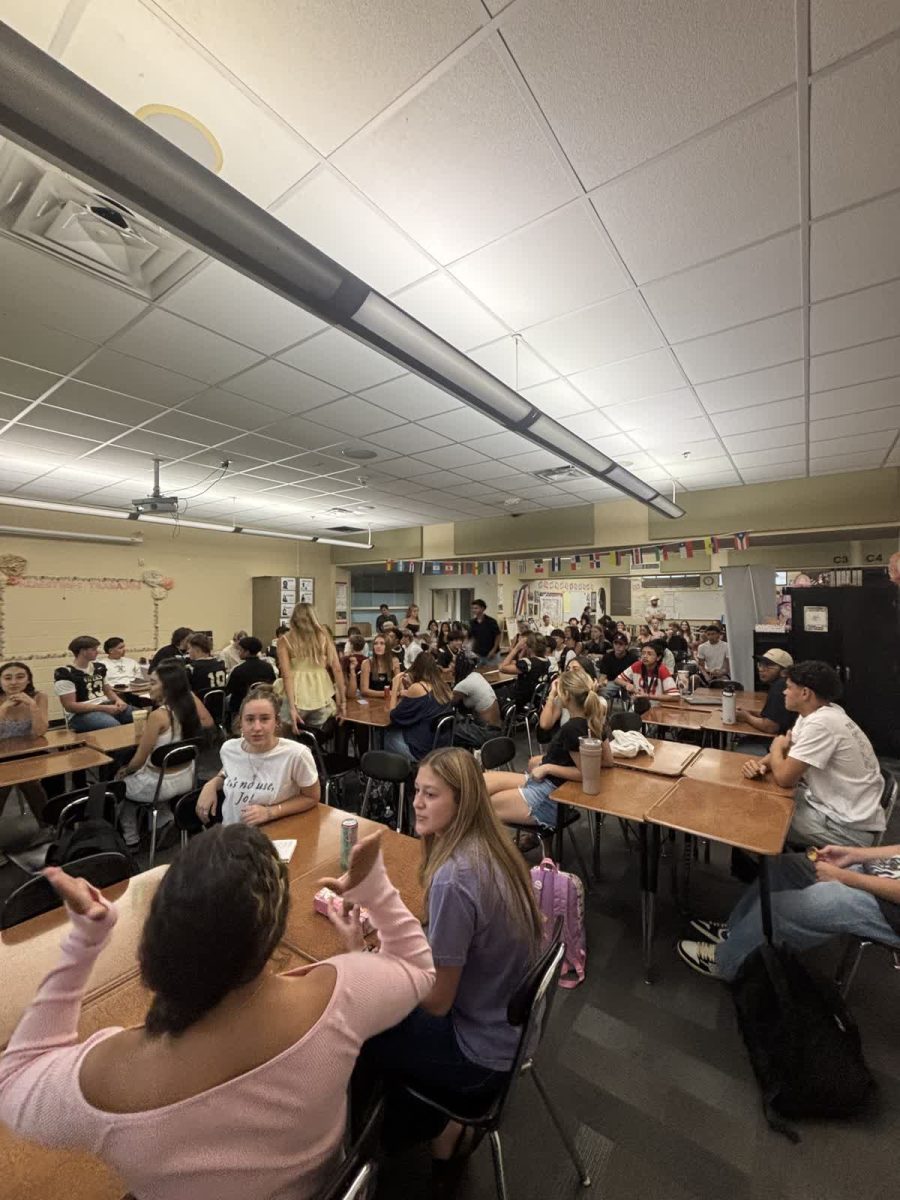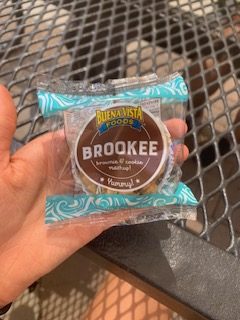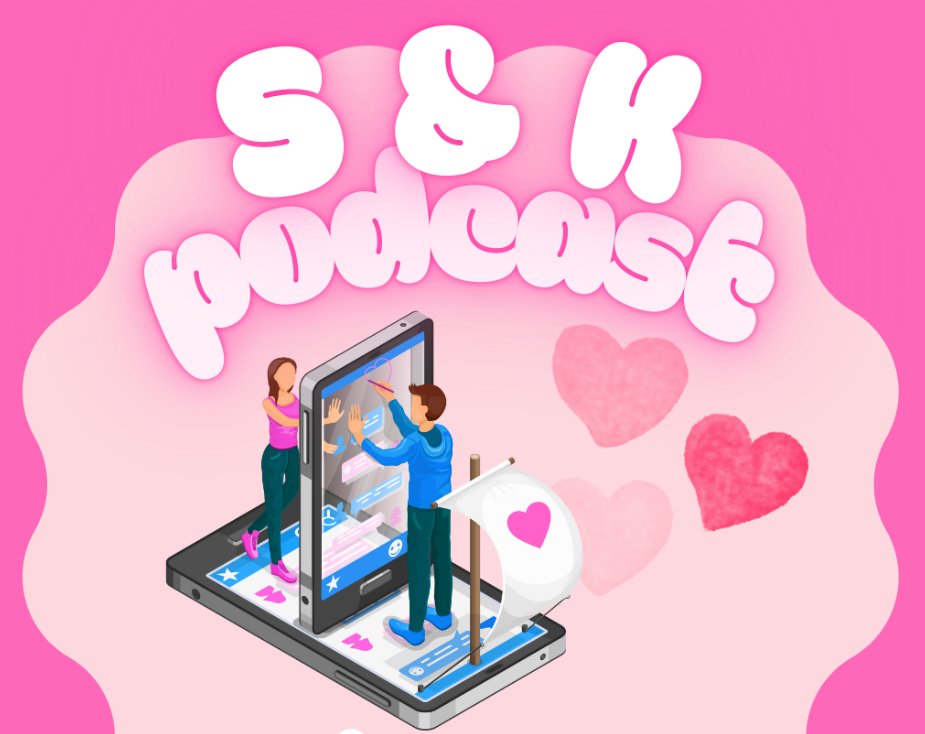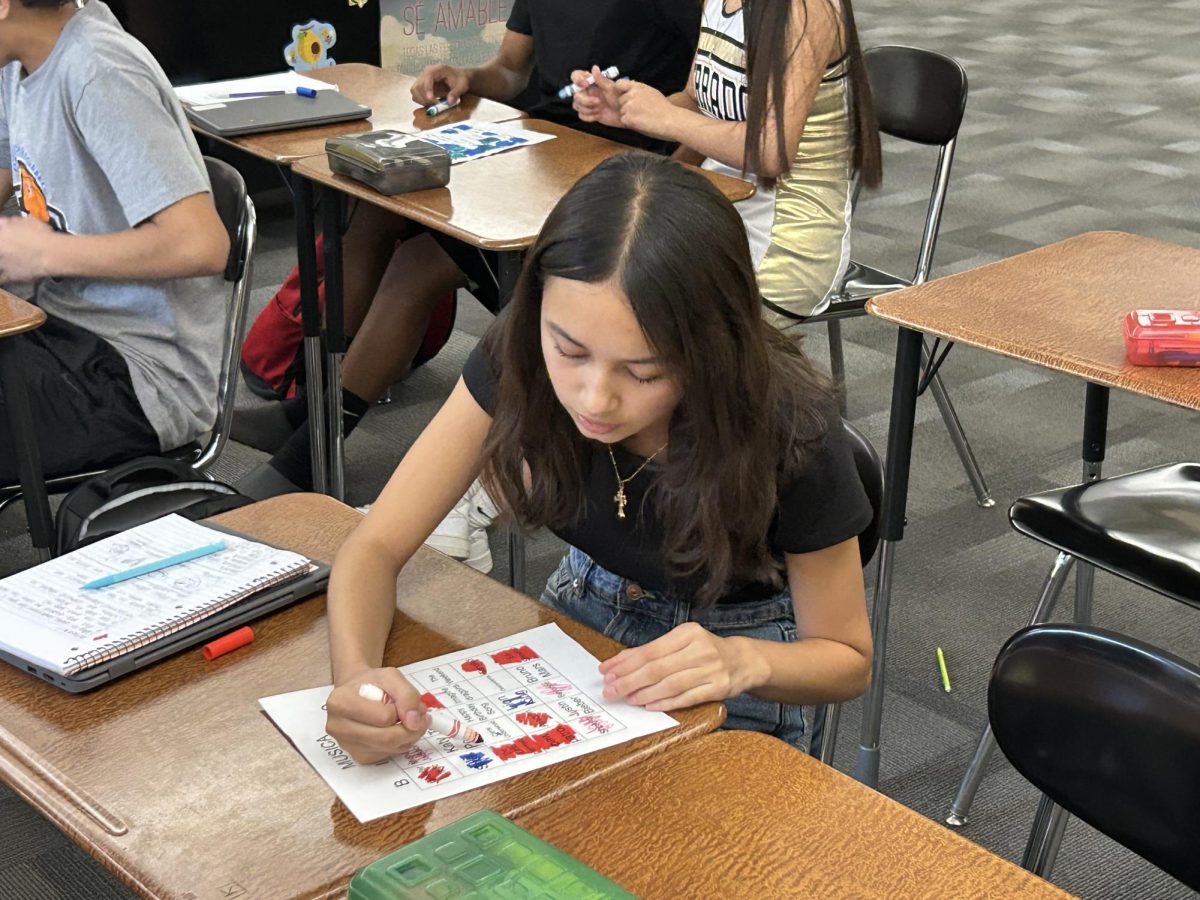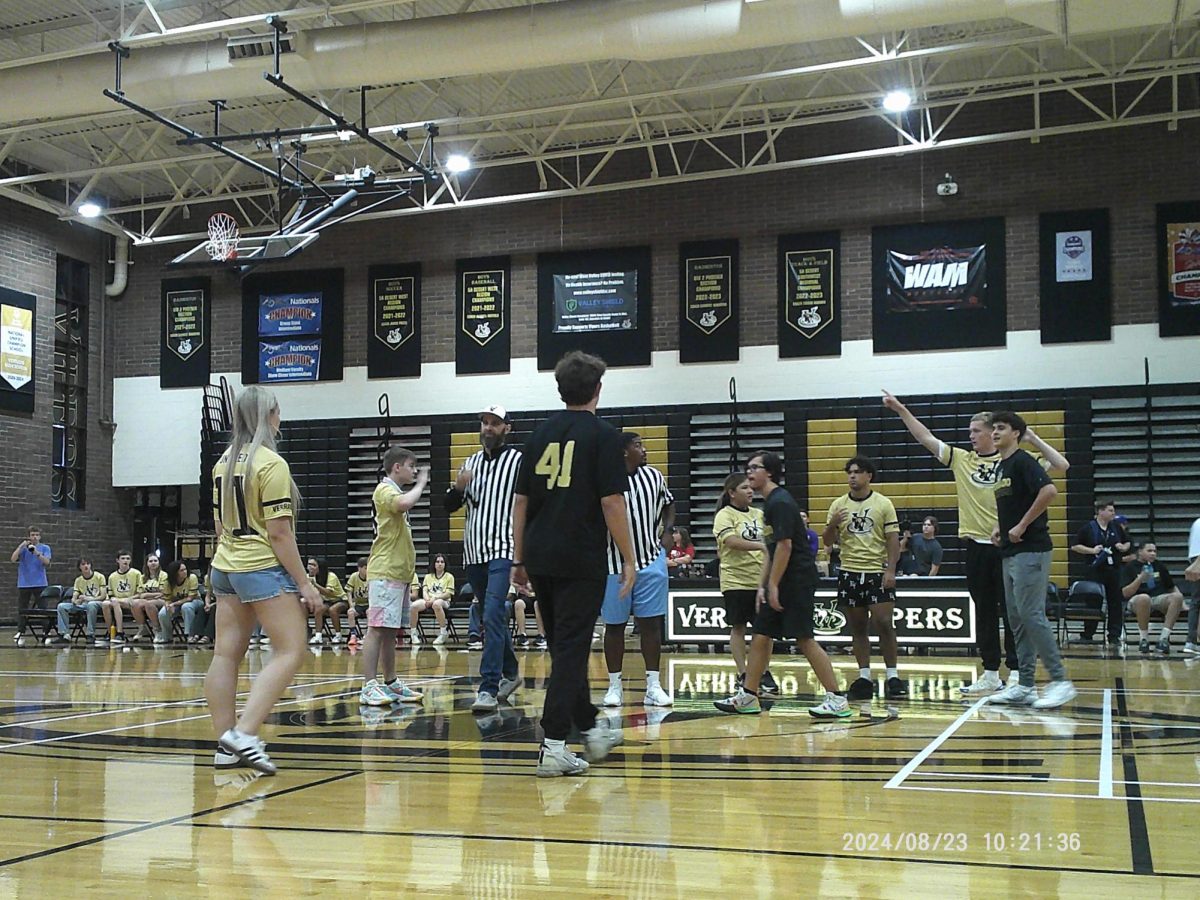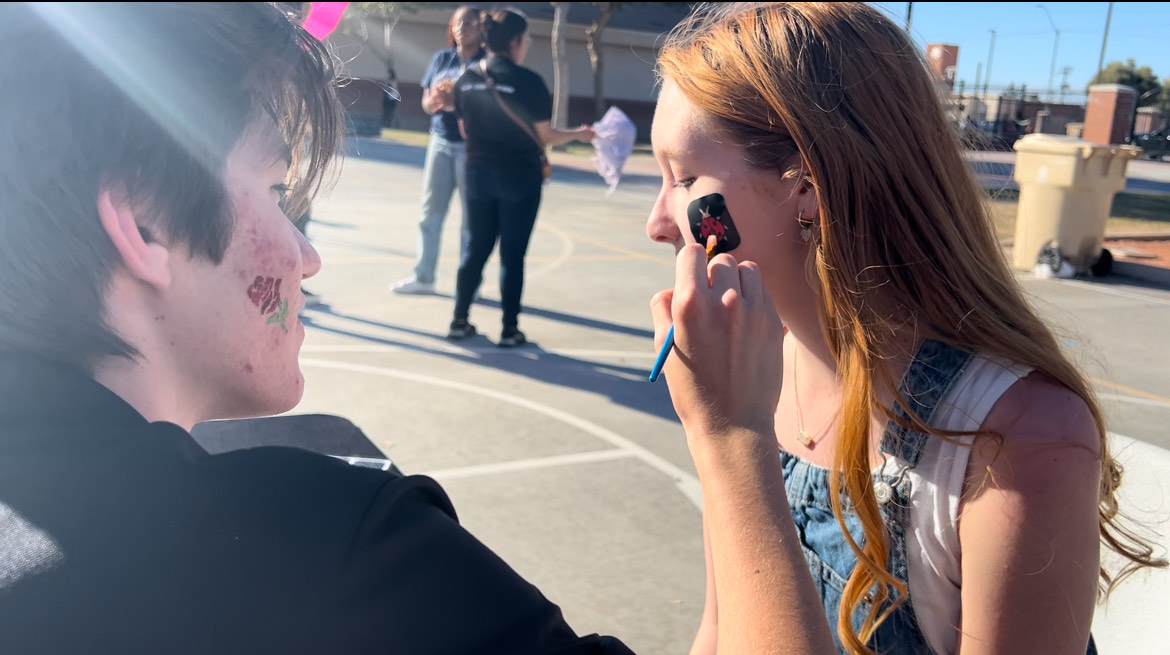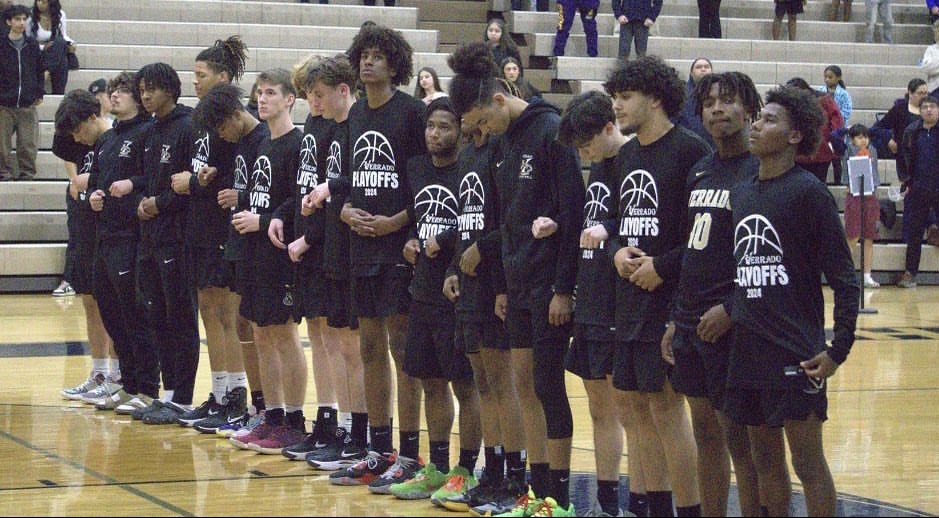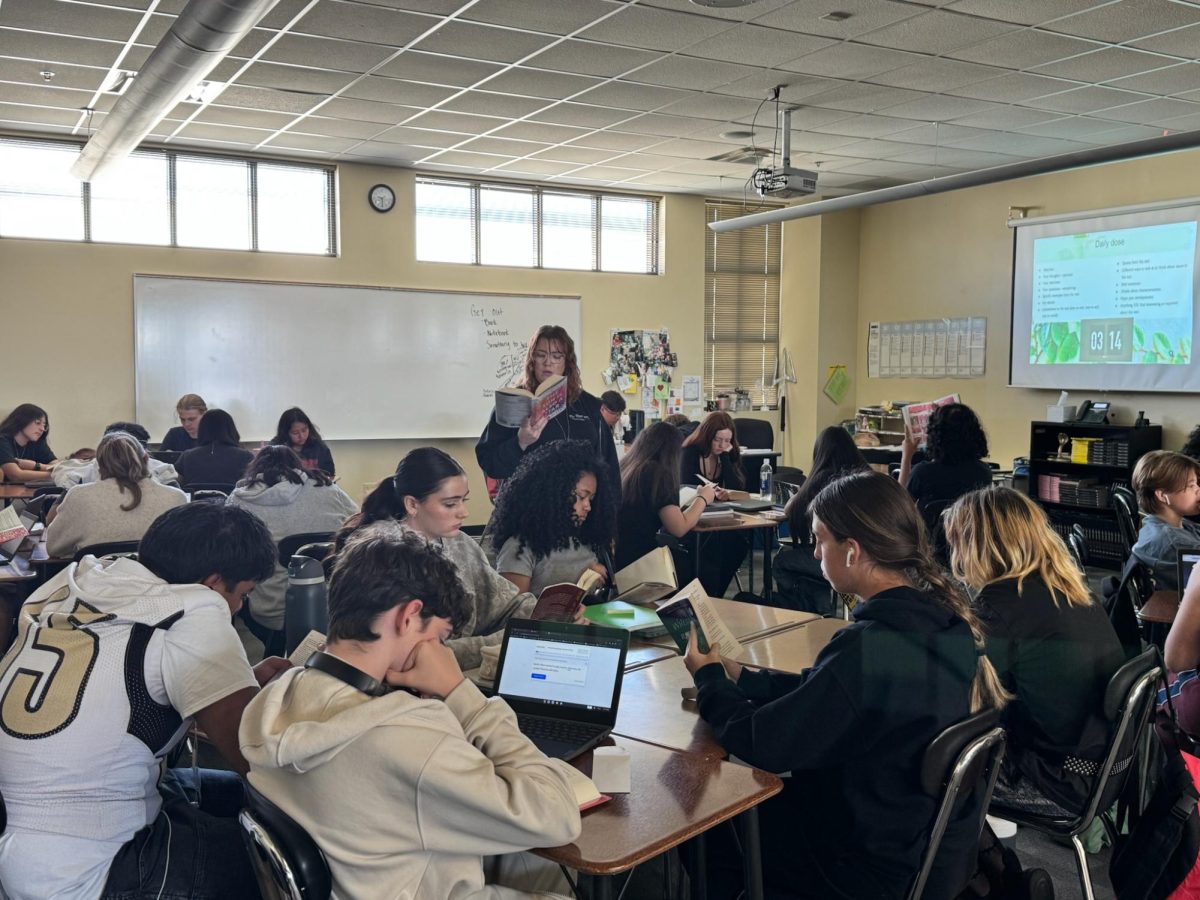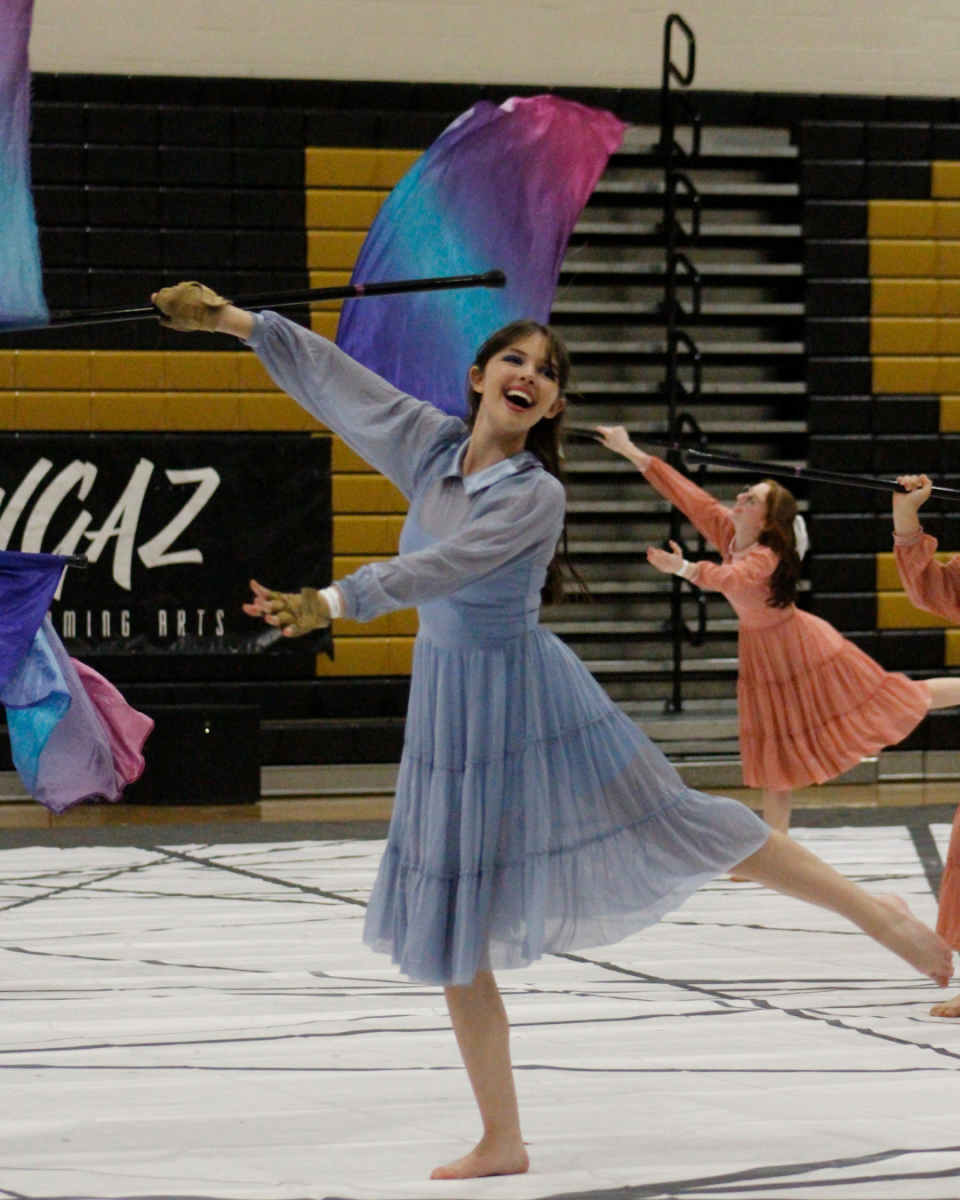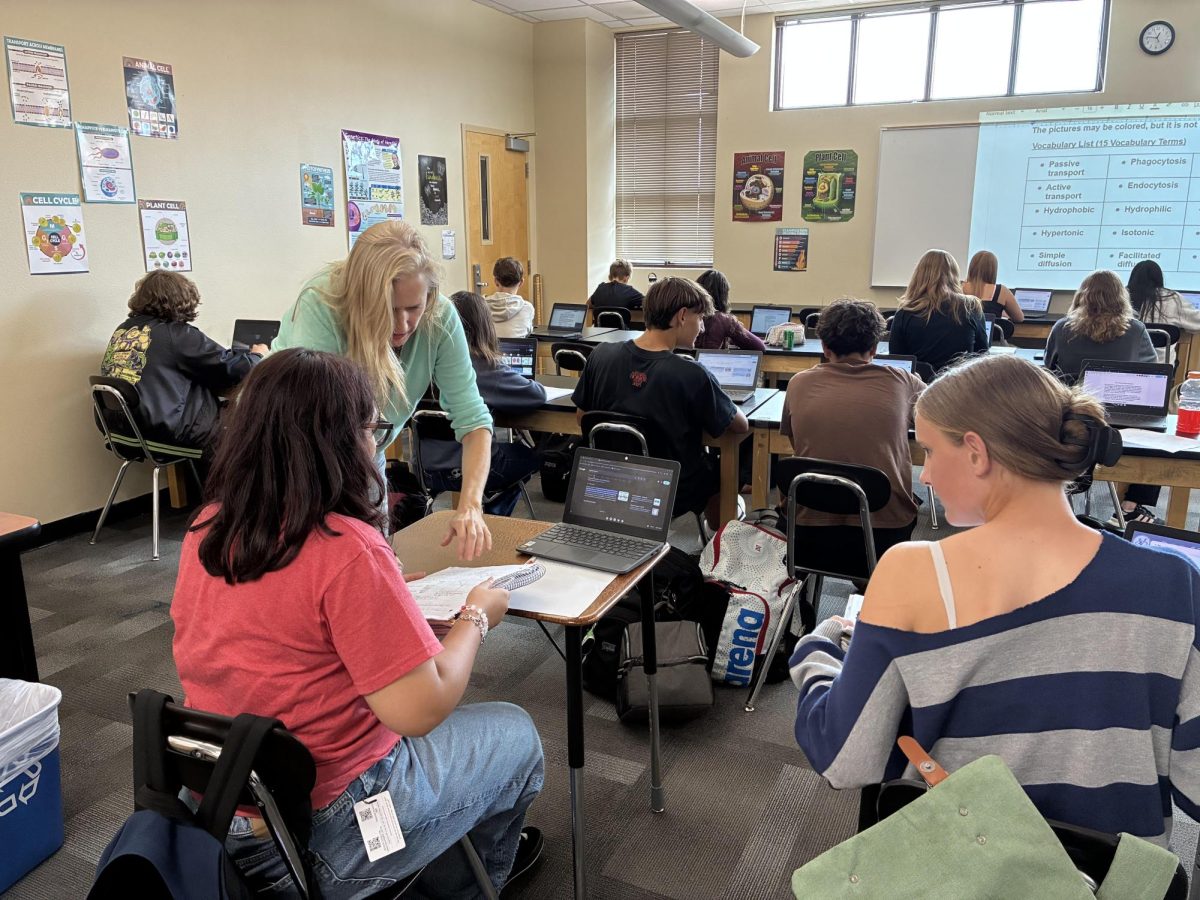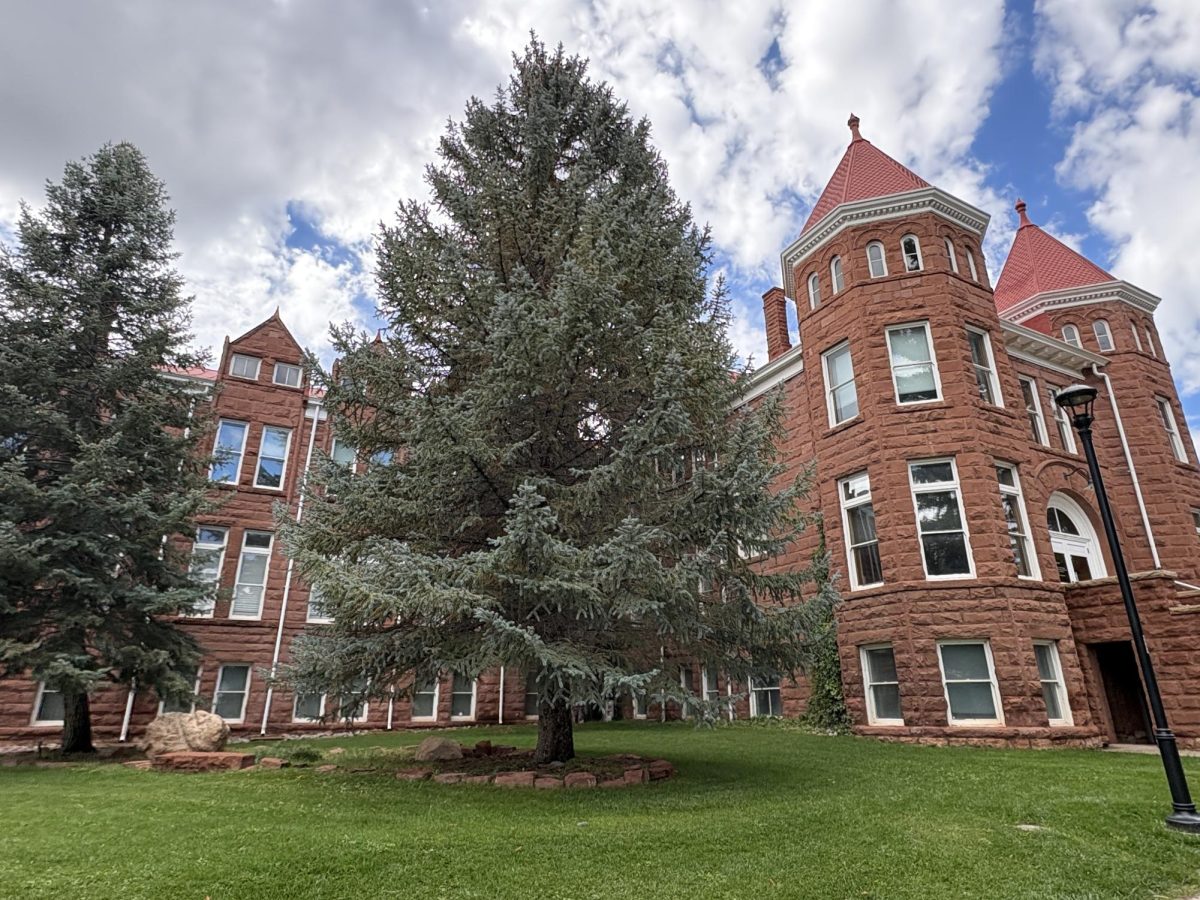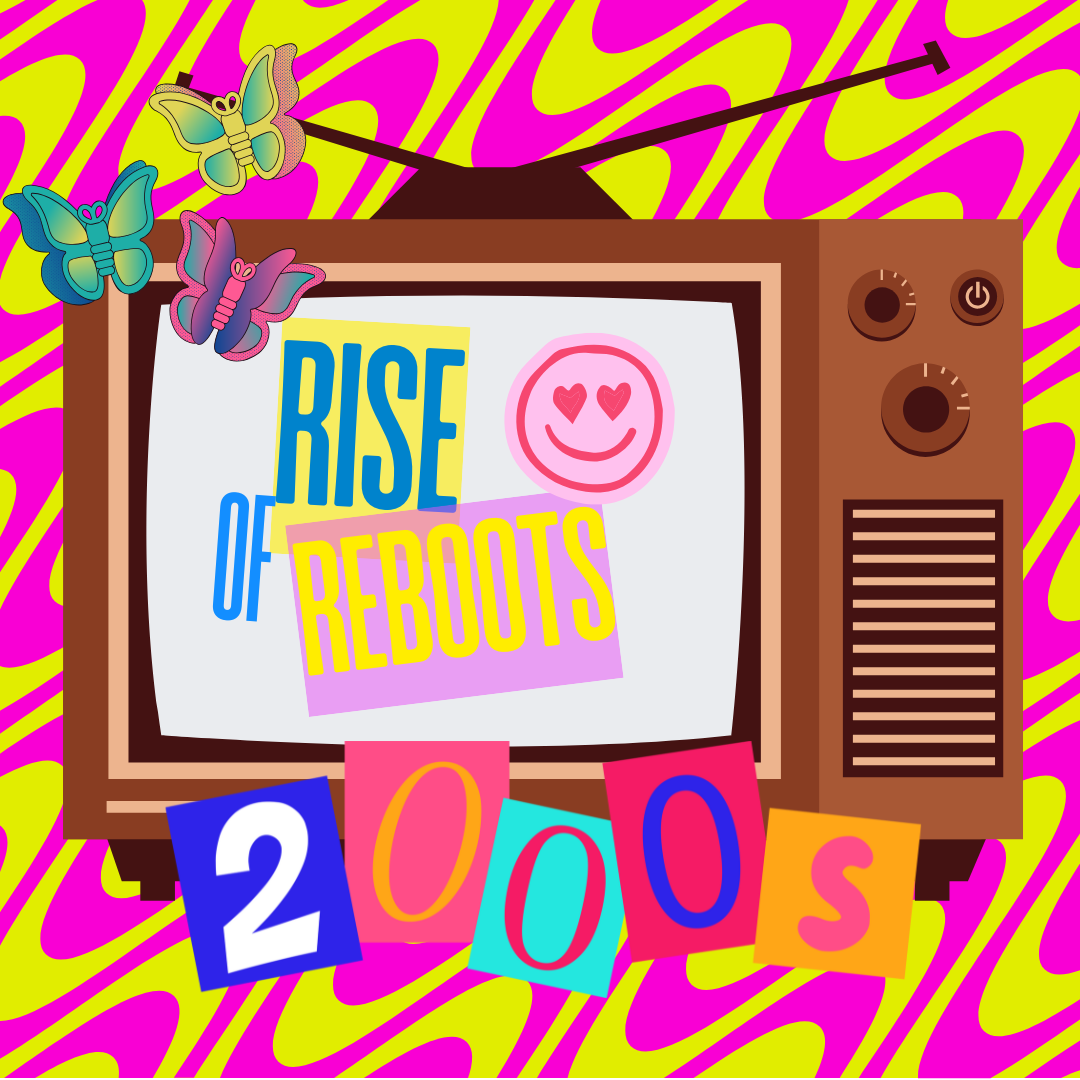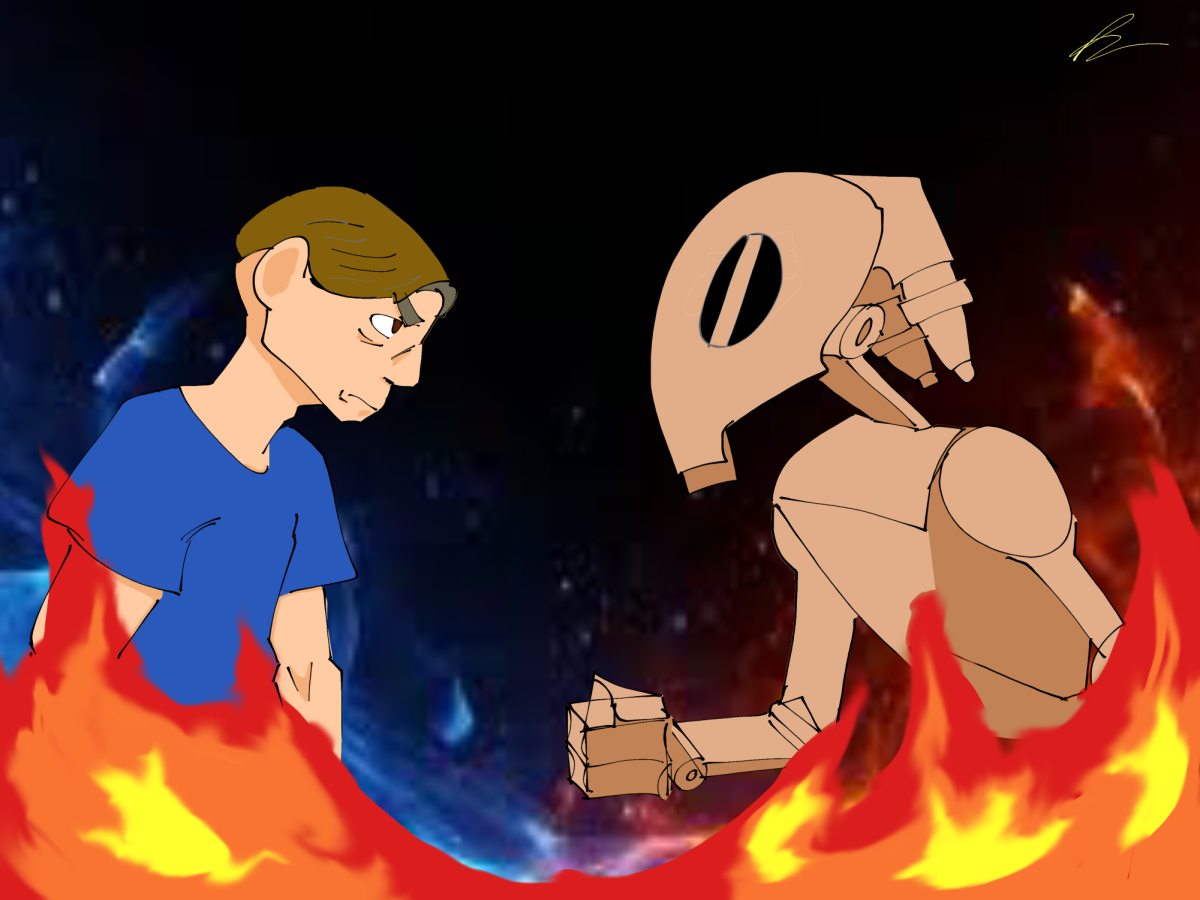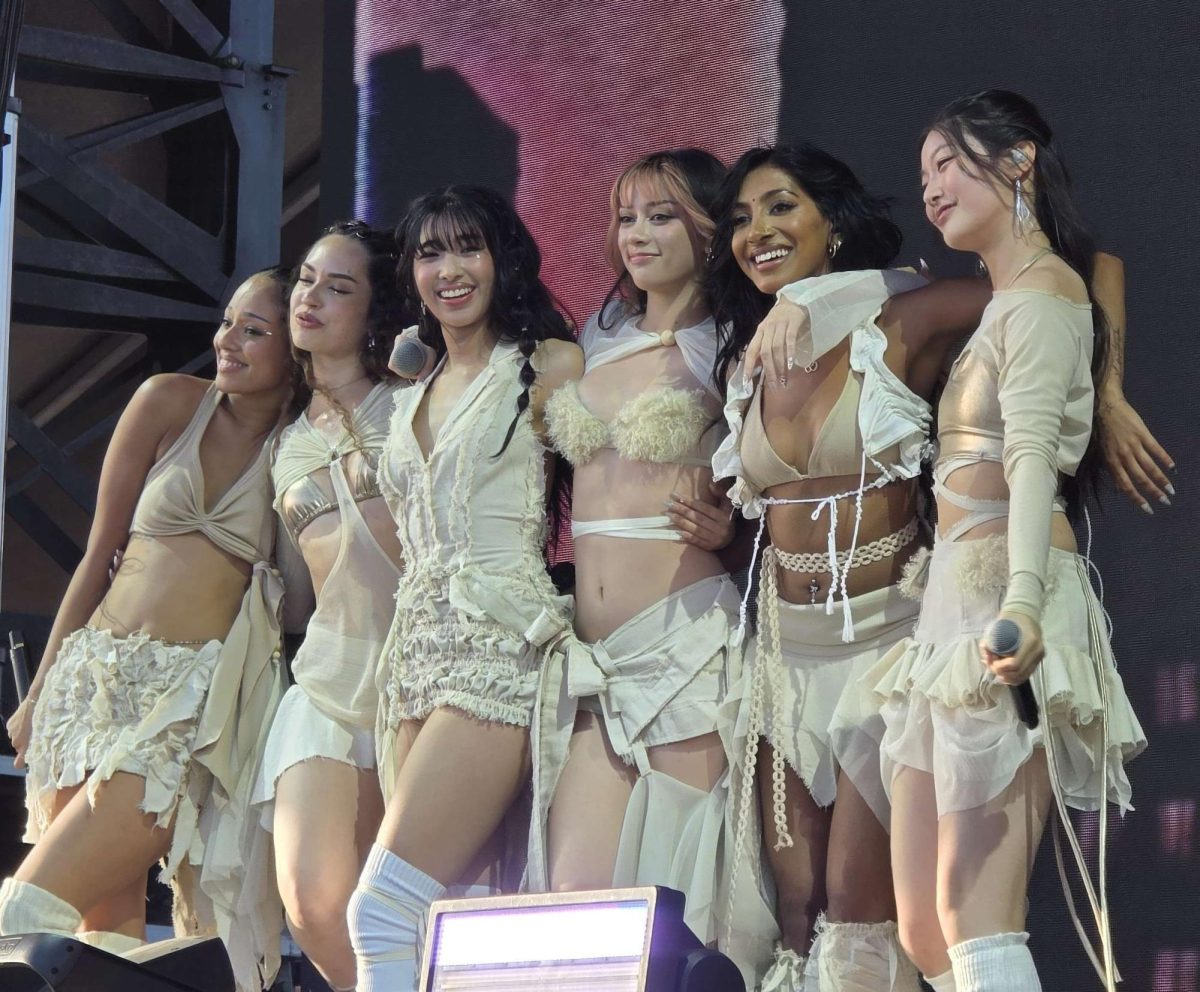Not too long ago, coffee was mostly only associated with adults who needed it to survive their busy lives. Parents drank it to get through mornings with kids, office workers had it in hand throughout their long meetings, and college students use the caffeine to power through study sessions.
The age demographic for coffee drinkers has never been targeted towards teens, but now it has somehow changed. Coffee has become a big part of teen life; it’s everywhere. What used to just be a caffeine fix has grown into a daily lifestyle, and teenagers are one of the main participants.
A huge reason for this shift is because of social media. Platforms such as TikTok and Instagram constantly showcase “coffee culture.”
Videos of festive and fun iced lattes being made, perfectly styled coffee shop corners, and “a day in my life” videos highlight the daily need many young adults have for making trips to coffee shops for their daily fix.
For teens, it’s no longer about just drinking coffee for the caffeine effect; it’s about the aesthetic. Aspects such as the look of the drink or the vibe of the cafe all appeal to teenagers. Teens now compare their orders and post cozy cafe review videos. Videos of trying to recreate trendy drinks have become especially popular amongst the younger generation.
Instead of a drink to get through the day, coffee has become a drink of choice, a drink of fun.
Coffee shops themselves have also helped fuel the rise of “coffee culture” among younger Gen-Z. They act as social hubs that feel different from the traditional “teen hang out spot” from prior years like malls and movie theaters. Many cafes give off of a more independent and “grown-up” vibe, which many teens gravitate towards.
Teens can come in to study, catch up with friends, or even just relax with a drink. These cafes are welcoming and relaxed. In a way, ordering a drink and sitting down at a cafe feels like some sort of ritual to a lot of people.
Caffeine still plays a role in all of this. High school schedules can be very overwhelming. Late nights of studying, part-time jobs, sports, and other extracurriculars. Early mornings make it hard to function without some kind of energy boost.
Coffee provides that little push to stay awake and alert. The popularity of sweetened lattes, frappes, and seasonal drinks show that flavor and experience matter just as much as the effects of the caffeine. Teens are often more drawn to the fun, customizable drinks and ritual of drinking coffee rather than the actual need for caffeine.
This shift says a lot about how teenage culture works today. Trends spread quickly, and once something becomes a mix of social activity, aesthetic appeal, and personal identity, it tends to stick. Coffee culture is no longer just an adult thing, it has become firmly a part of teen life. From social media influence to the cafe hangout experience, coffee has transformed into a core part of many teens’ social lives.

